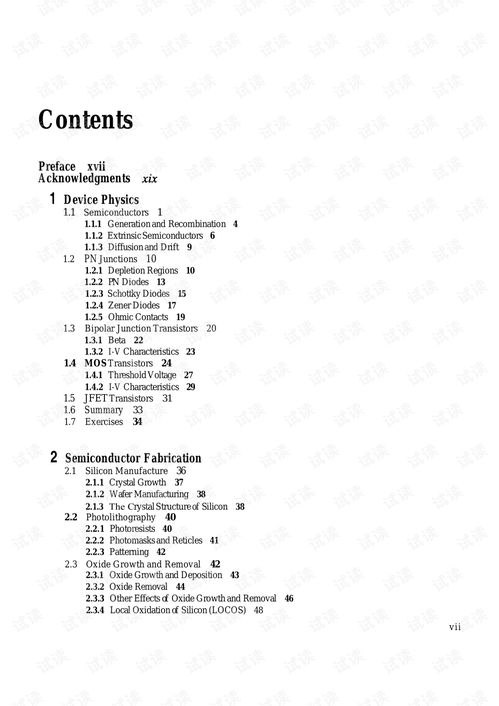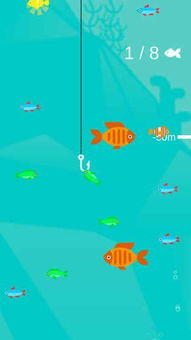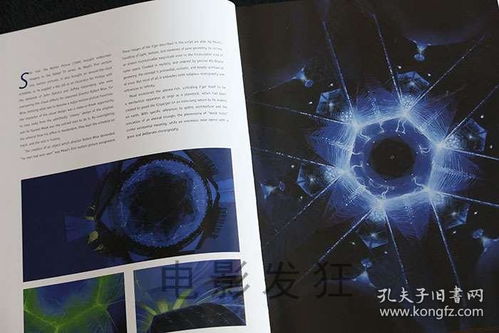Introduction
Fishing is an ancient pastime that has been enjoyed by countless individuals across the globe. Whether you're a seasoned angler or a beginner, mastering the art of fishing can significantly enhance your experience. One of the key elements to becoming a proficient fisherman is understanding how to read a fish finder and interpret the movements of your fishing float, or "fish漂." In this article, we'll delve into the intricacies of fish竿钓鱼技巧, focusing on how to effectively read a fish漂 and improve your chances of a successful catch.

Understanding the Fish Finder
The fish finder is an essential tool for any angler, providing valuable information about the underwater environment. It works by emitting sound waves that bounce off objects in the water, such as fish and the bottom, and then returning to the device. By analyzing the time it takes for the waves to return, the fish finder can determine the depth and distance of these objects.
Here are some key aspects of the fish finder that you should be familiar with:
Sonar Technology: Modern fish finders use different types of sonar technology, such as CHIRP, which provides clearer and more detailed images of the underwater landscape.
Transducer: The transducer is the part of the fish finder that emits the sound waves. It's important to ensure that the transducer is properly installed and that the water temperature is taken into account when adjusting the settings.
Display: The display shows the sonar data, including the depth, temperature, and the presence of fish. Familiarize yourself with the symbols and colors used on the display to interpret the information accurately.
Reading the Fish Bait
Once you have a grasp of the fish finder, the next step is to understand how to read the fish漂. The fish漂 is a device attached to your fishing line that moves in response to the movement of the fish. Here's how to interpret its actions:
Rising and Falling: If the fish漂 is rising, it could indicate that a fish is taking the bait. Conversely, if it's falling, it might mean that the fish is moving away.
Shaking and Twisting: A shaking or twisting motion of the fish漂 can indicate that a fish is struggling with the bait. This is a good sign that you're on the right track.
Steady Movement: A steady movement of the fish漂 can suggest that the fish is slowly taking the bait. Patience is key in this situation.
No Movement: If the fish漂 shows no movement, it could mean that the fish is not interested in the bait. In this case, you may need to change your approach, such as adjusting the speed of your retrieve or changing the type of bait.
Advanced Techniques
To become a skilled angler, it's important to refine your fishing techniques. Here are some advanced tips to help you improve your fishing skills:
Timing: Learn to recognize the best times to cast and retrieve your bait. This often involves observing the behavior of the fish and adjusting your tactics accordingly.
Trolling: Trolling is a technique where you move your boat at a steady speed while dragging your bait behind it. This can be an effective way to cover more water and attract fish.
Jigging: Jigging involves repeatedly lifting and dropping your bait in a specific pattern. This can mimic the natural movement of prey and attract fish.
Leader Length: Experiment with different leader lengths to see which one works best for your fishing environment. A longer leader can sometimes increase your chances of catching larger fish.
Conclusion
Reading a fish漂 and interpreting the information provided by your fish finder is a crucial skill for any angler. By understanding the basics of sonar technology, learning to read the fish漂, and refining your fishing techniques, you'll be well on your way to becoming a more successful angler. Remember, patience, practice, and a keen eye for detail are key to mastering the art of fishing. Happy fishing!












